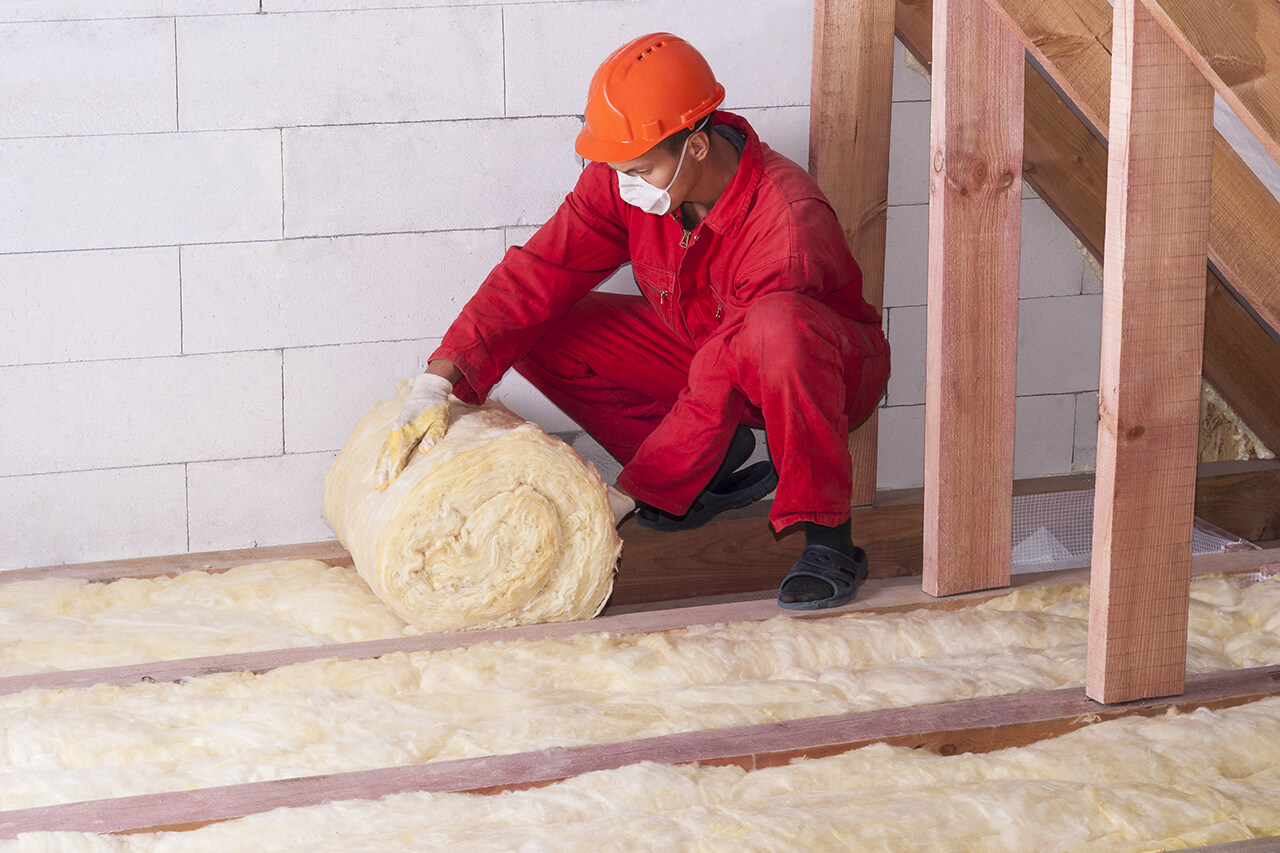

Articles
How Many Square Feet In A Roll Of Insulation
Modified: December 7, 2023
Looking for articles on how many square feet are in a roll of insulation? Find all the information you need about insulation measurements and calculations.
(Many of the links in this article redirect to a specific reviewed product. Your purchase of these products through affiliate links helps to generate commission for Storables.com, at no extra cost. Learn more)
Introduction
Insulation plays a crucial role in maintaining comfortable temperatures within our homes and office spaces. It keeps the indoor temperature regulated by preventing heat loss in the winter and heat gain in the summer. When it comes to insulating a space, one common option is using insulation rolls. These rolls offer a convenient and cost-effective way to add insulation to walls, attics, and other areas.
In this article, we will delve into the world of insulation rolls and explore the question: how many square feet are in a roll of insulation? Understanding the square footage of insulation in a roll is essential for selecting the right amount of material for your project, avoiding unnecessary wastage or shortage.
We will also discuss the factors that affect the coverage of insulation rolls, providing you with a comprehensive understanding of how to calculate the square footage needed for your insulation project. So let’s roll up our sleeves and dive into the world of insulation rolls!
Key Takeaways:
- Understanding the square footage in a roll of insulation is crucial for effective project planning. By calculating coverage and considering factors like overlap and obstructions, you can ensure energy efficiency and a comfortable indoor environment.
- Insulation rolls offer a convenient and cost-effective solution for adding insulation to various areas of a building. By understanding how to calculate square footage and considering factors that affect coverage, you can maximize energy efficiency and create a well-insulated space.
Read more: How Many Square Feet Is A Pallet Of Grass
Understanding Insulation Rolls
Insulation rolls are long sheets or rolls of insulation material that are typically made from fiberglass, mineral wool, or other synthetic materials. They are designed to be easily unrolled and installed in various areas of a building, such as walls, attics, and floors.
One of the key benefits of insulation rolls is their versatility. They can be used in both new construction projects and existing buildings. They are also available in different thicknesses and R-values, which indicate their level of effectiveness in insulating against heat transfer. This allows you to choose the appropriate insulation roll based on your specific needs and the climate in your region.
Insulation rolls are typically packaged and sold in standardized dimensions, with common widths ranging from 15 to 24 inches and lengths varying from 32 to 96 feet. These standardized dimensions make it easier for contractors and homeowners to estimate the amount of insulation material required for a particular project.
Now that we have a basic understanding of insulation rolls, let’s move on to the next important question: how do we calculate the square footage in a roll of insulation?
Calculating Square Feet in a Roll of Insulation
Calculating the square footage in a roll of insulation is relatively straightforward. The key is to know the width and length of the roll, as well as the thickness of the insulation material.
To calculate the square footage, you need to multiply the width of the roll by the length. For example, if you have a roll that is 24 inches wide and 32 feet long, the calculation would be as follows:
Width: 24 inches = 2 feet
Length: 32 feet
So, the square footage of the roll would be:
Square footage = Width x Length
Square footage = 2 feet x 32 feet = 64 square feet
Therefore, the roll of insulation in this example would cover an area of 64 square feet.
It’s important to note that the thickness of the insulation material does not affect the calculation of square footage. The thickness of the insulation determines its thermal resistance, or R-value, which measures the material’s ability to resist heat flow. The square footage calculation simply determines the coverage area of the roll.
Now that we have the square footage calculation down, let’s explore some factors that can affect the coverage of insulation rolls.
When purchasing insulation, always check the label for the square footage coverage per roll. This will help you determine how many rolls you need for your project.
Factors Affecting Coverage
While the square footage calculation provides a general estimate of the coverage provided by a roll of insulation, it is important to consider certain factors that can affect the actual coverage in a real-world installation. These factors can impact the efficiency and effectiveness of the insulation, potentially altering the square footage coverage.
1. Overlap: When installing insulation rolls, it is common to have overlapping layers to ensure a continuous barrier against heat transfer. The amount of overlap will depend on the specific installation instructions provided by the manufacturer. In some cases, the overlap can reduce the effective coverage area of the roll slightly.
2. Framing: The presence of studs, beams, or other obstructions within the installation area can affect the coverage of insulation rolls. These obstructions may require the insulation to be cut or trimmed, resulting in small gaps or sections without insulation. It is important to account for these obstructions when estimating the square footage needed for your project.
3. Sloped Surfaces: If you are insulating an attic or a roof with a sloped surface, the coverage may vary due to the angle of the slope. It is important to consider the slope and adjust the calculations accordingly to ensure proper coverage and insulation effectiveness.
4. Thickness Variation: Insulation rolls are available in various thicknesses, and the thickness you choose can impact the coverage area. Thicker insulation may cover a smaller area, while thinner insulation may cover a larger area. Therefore, it is important to consider the desired level of insulation and the R-value needed for your specific project.
By taking these factors into consideration, you can make more accurate estimates of the square footage needed for your insulation project. This will help ensure proper coverage, maximize energy efficiency, and create a comfortable indoor environment.
Now that we have covered the factors that affect coverage, let’s wrap up our discussion.
Conclusion
Understanding the square footage in a roll of insulation is essential for planning and executing insulation projects effectively. Insulation rolls offer a convenient and cost-effective solution for adding insulation to various areas of a building, such as walls, attics, and floors.
Calculating the square footage in a roll of insulation is a simple process that involves multiplying the width and length of the roll. This calculation provides an estimate of the coverage area of the insulation. However, it is important to consider factors such as overlap, obstructions, sloped surfaces, and insulation thickness variation, as they can affect the actual coverage in a real-world installation.
By accounting for these factors, you can make more accurate estimates of the square footage needed for your insulation project. This will help ensure proper coverage and insulation effectiveness, leading to energy efficiency, cost savings, and a comfortable indoor environment.
When planning an insulation project, it is always recommended to consult the manufacturer’s instructions and seek professional guidance if necessary to ensure proper installation and adherence to building codes and regulations.
Now armed with the knowledge of insulation rolls and how to calculate square footage, you can confidently embark on your insulation project and create a well-insulated and energy-efficient space.
Remember, insulation is not just about maximizing energy savings; it is also about creating a comfortable and sustainable living environment. So, invest in quality insulation and enjoy the benefits for years to come.
Frequently Asked Questions about How Many Square Feet In A Roll Of Insulation
Was this page helpful?
At Storables.com, we guarantee accurate and reliable information. Our content, validated by Expert Board Contributors, is crafted following stringent Editorial Policies. We're committed to providing you with well-researched, expert-backed insights for all your informational needs.
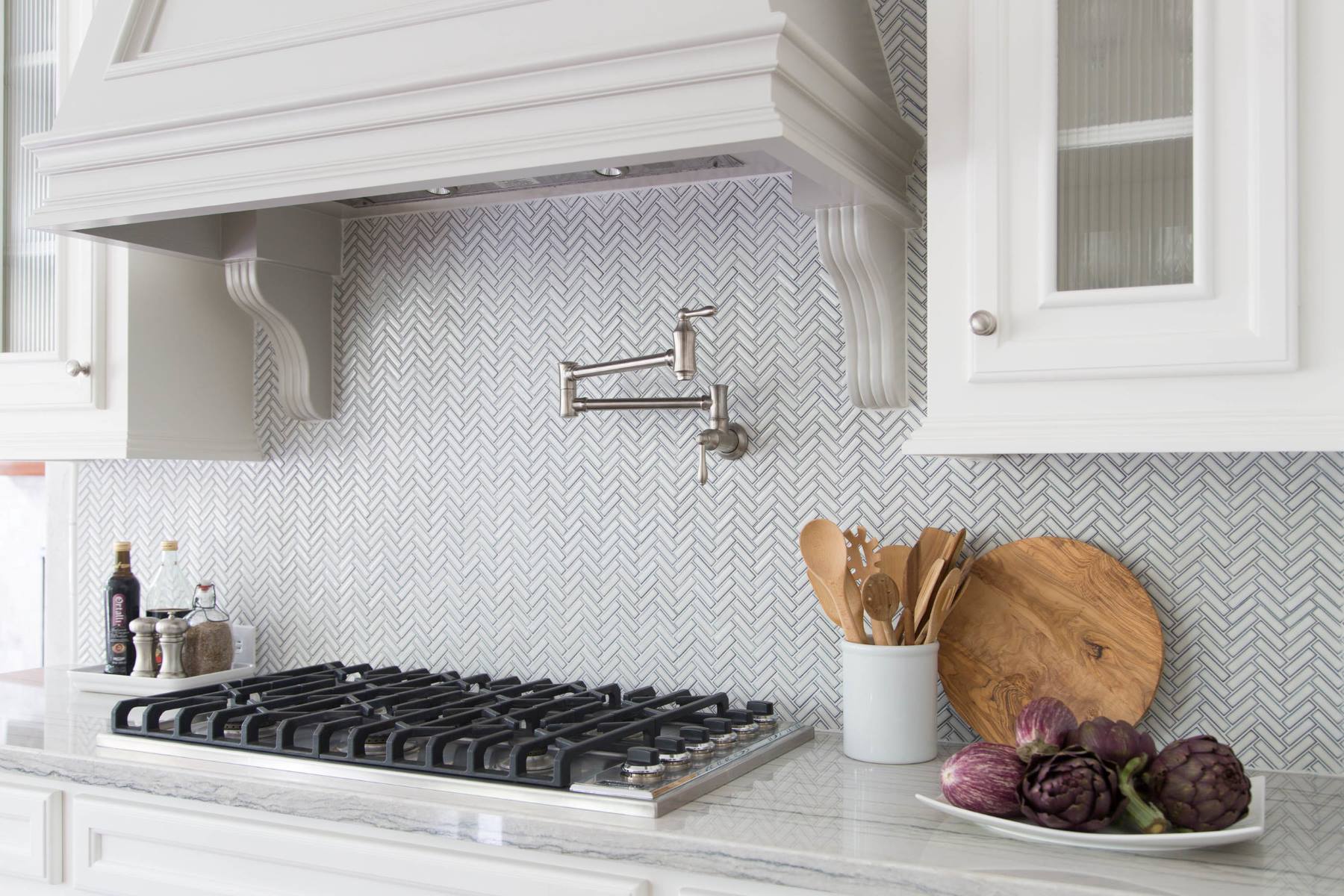


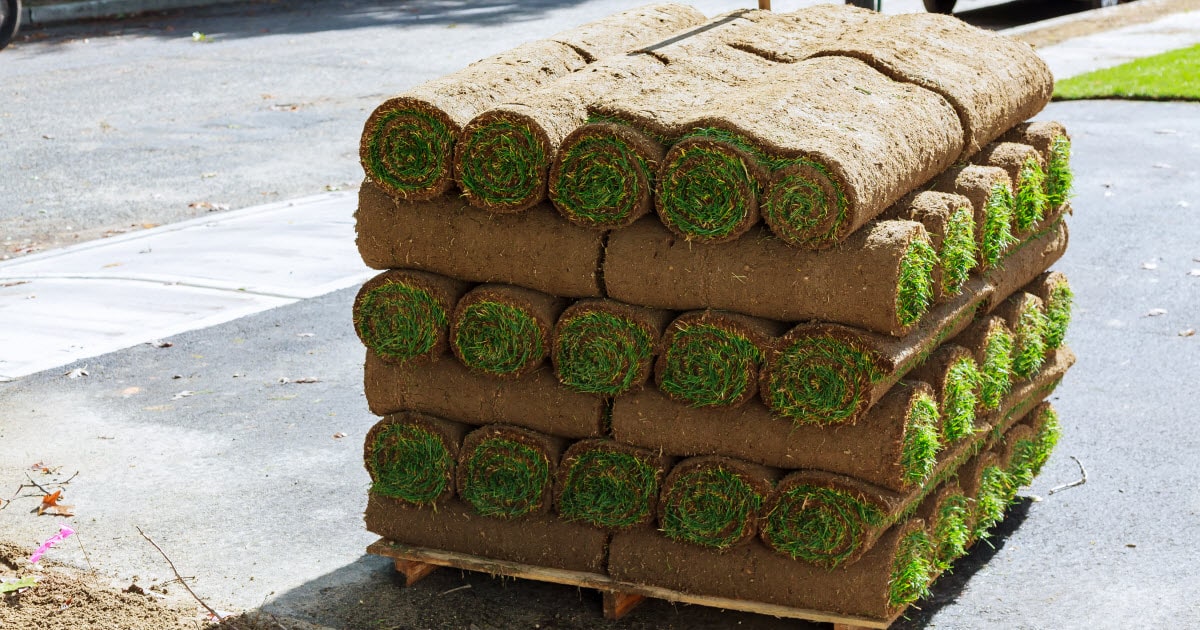
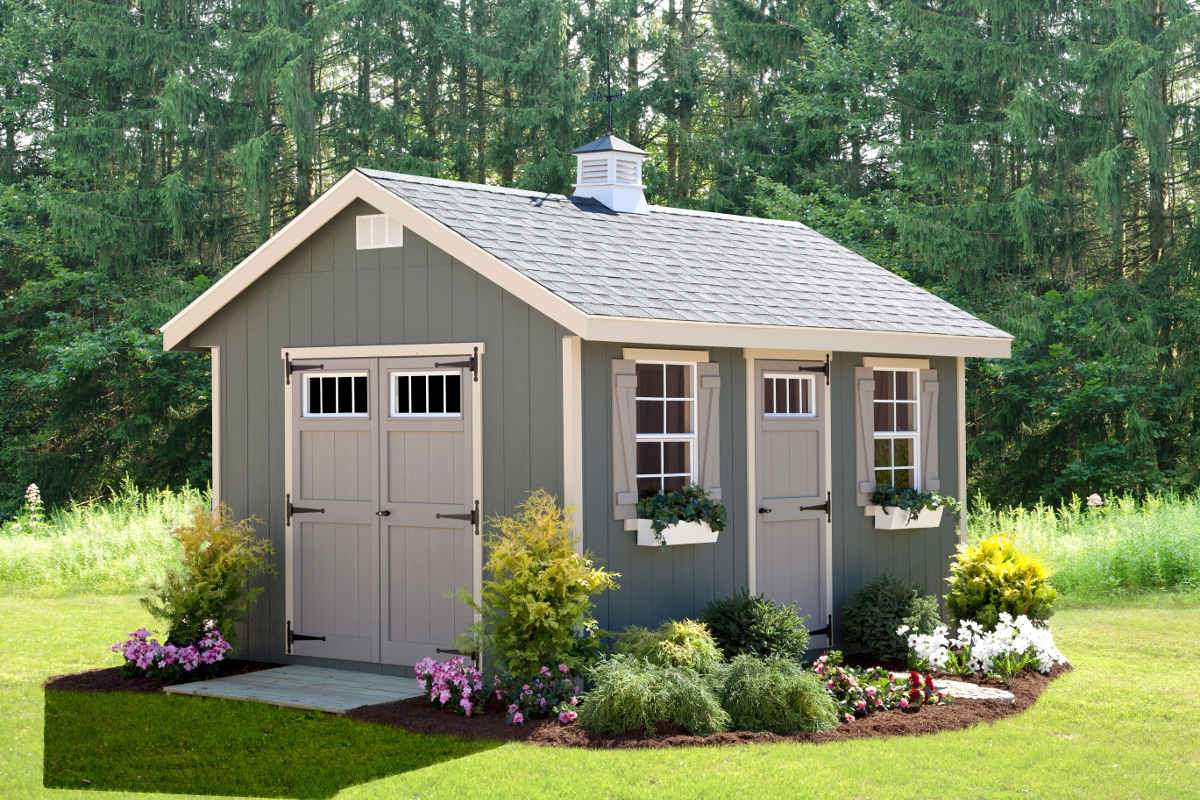
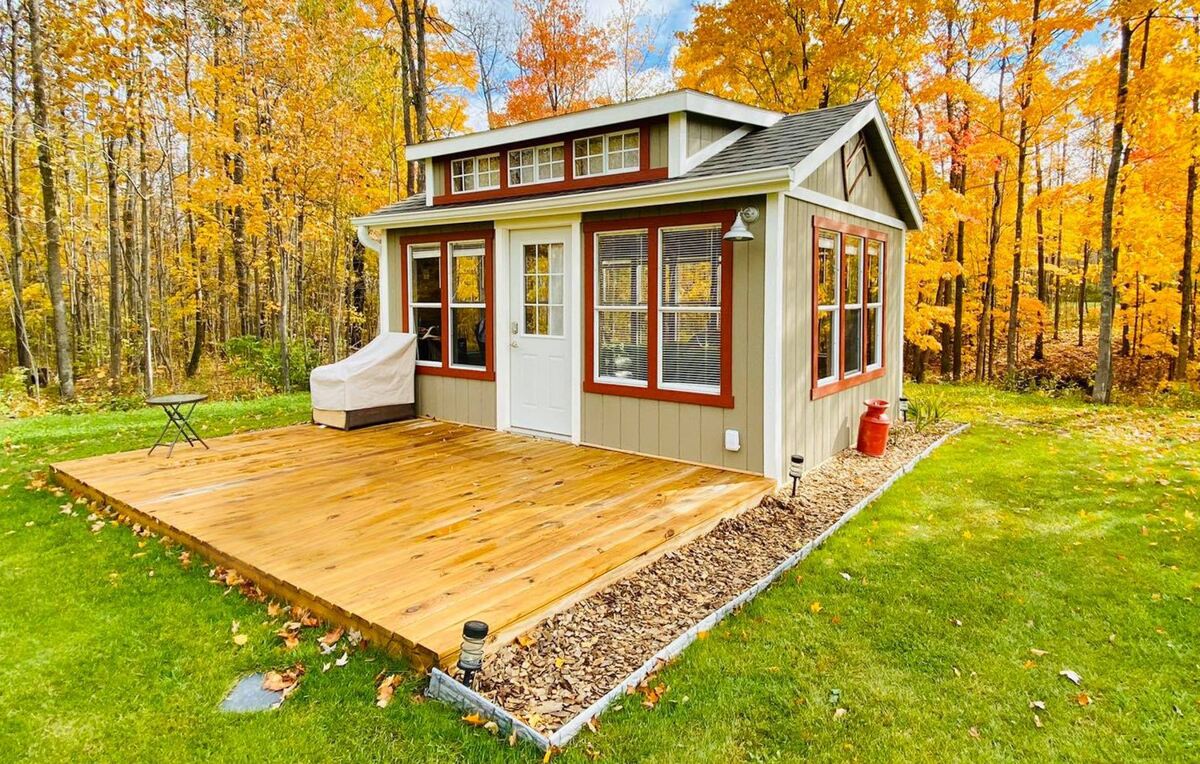
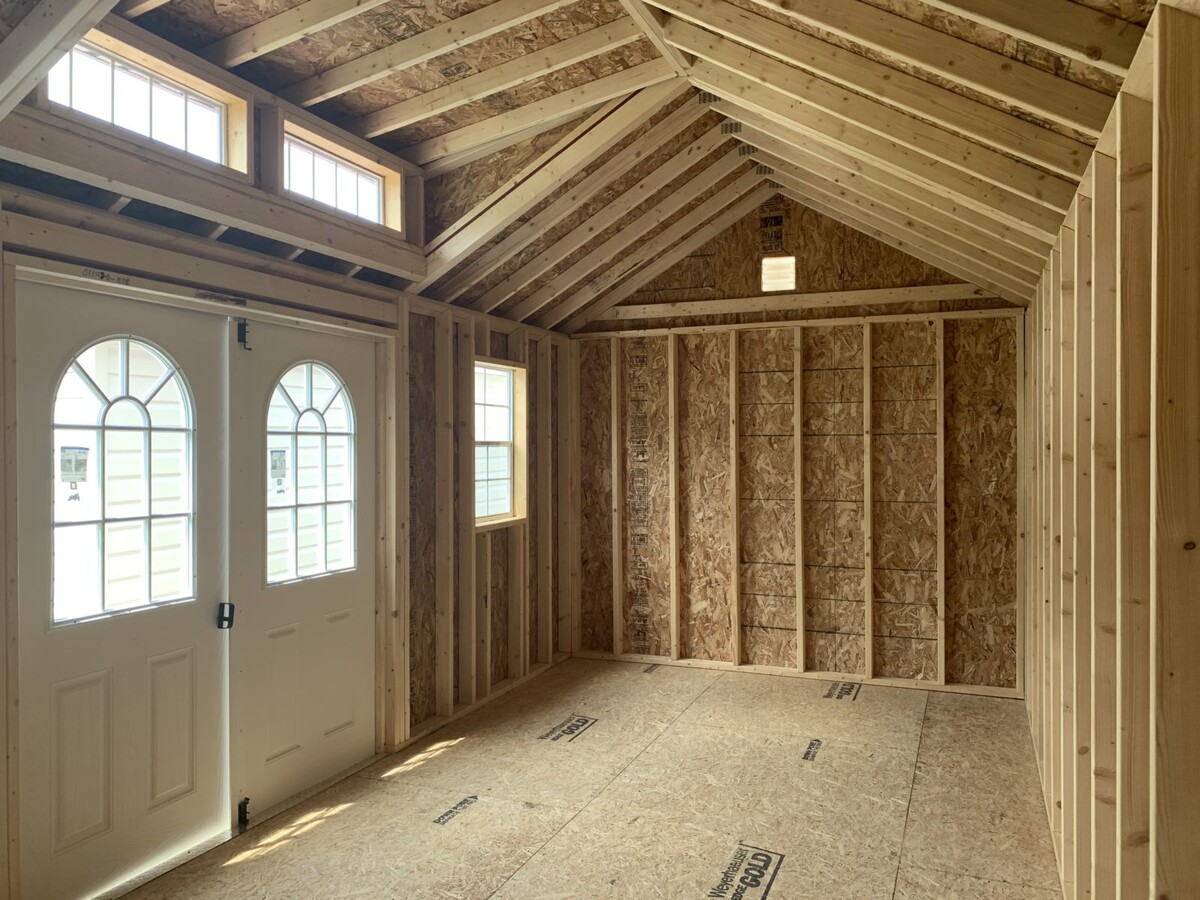
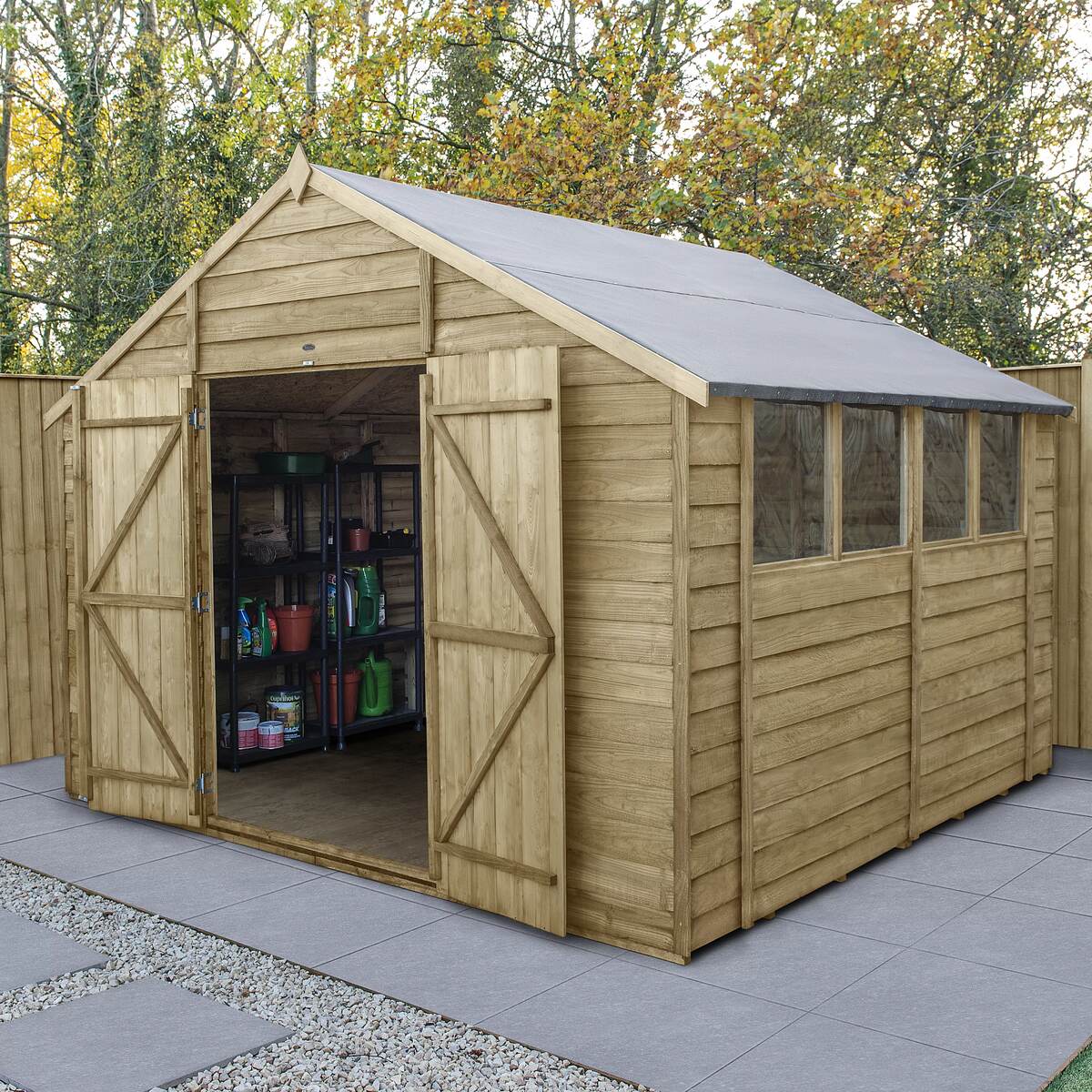
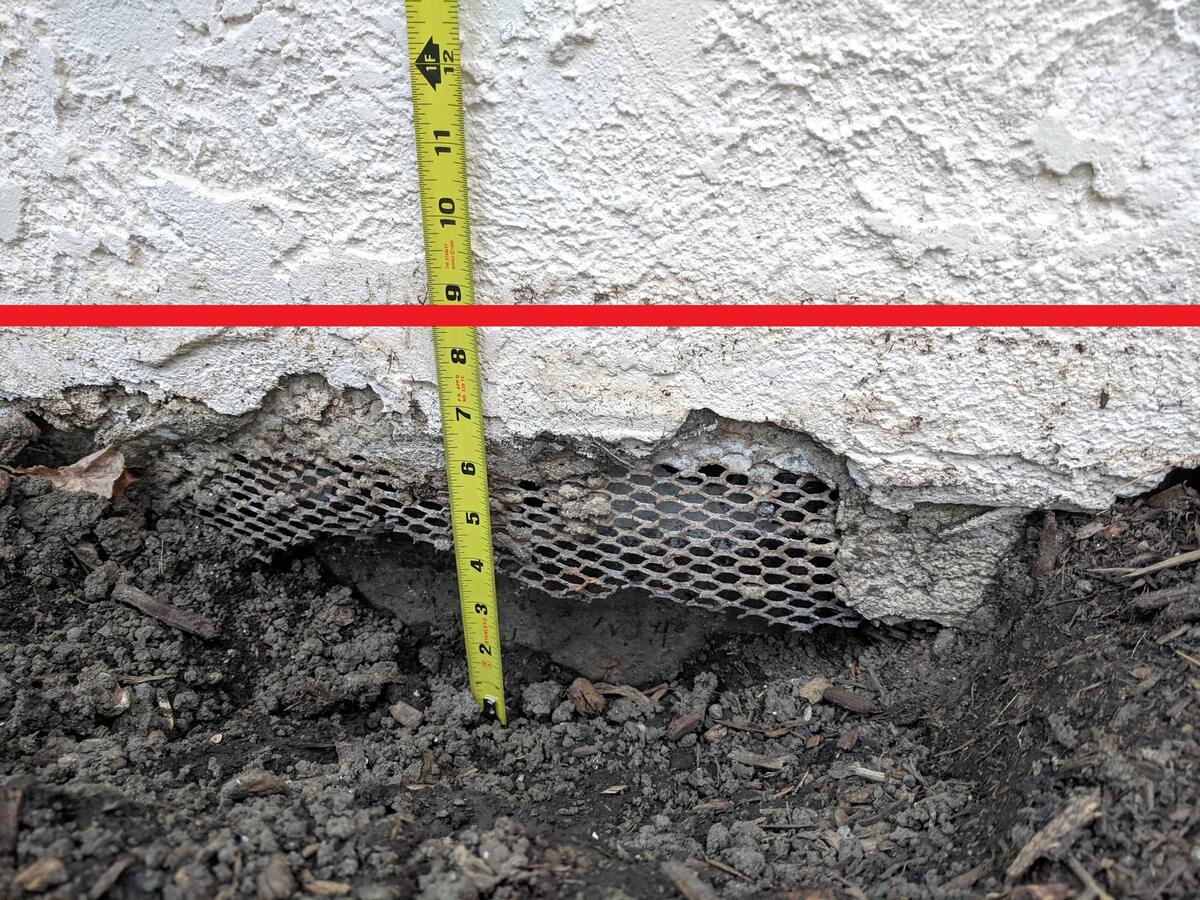
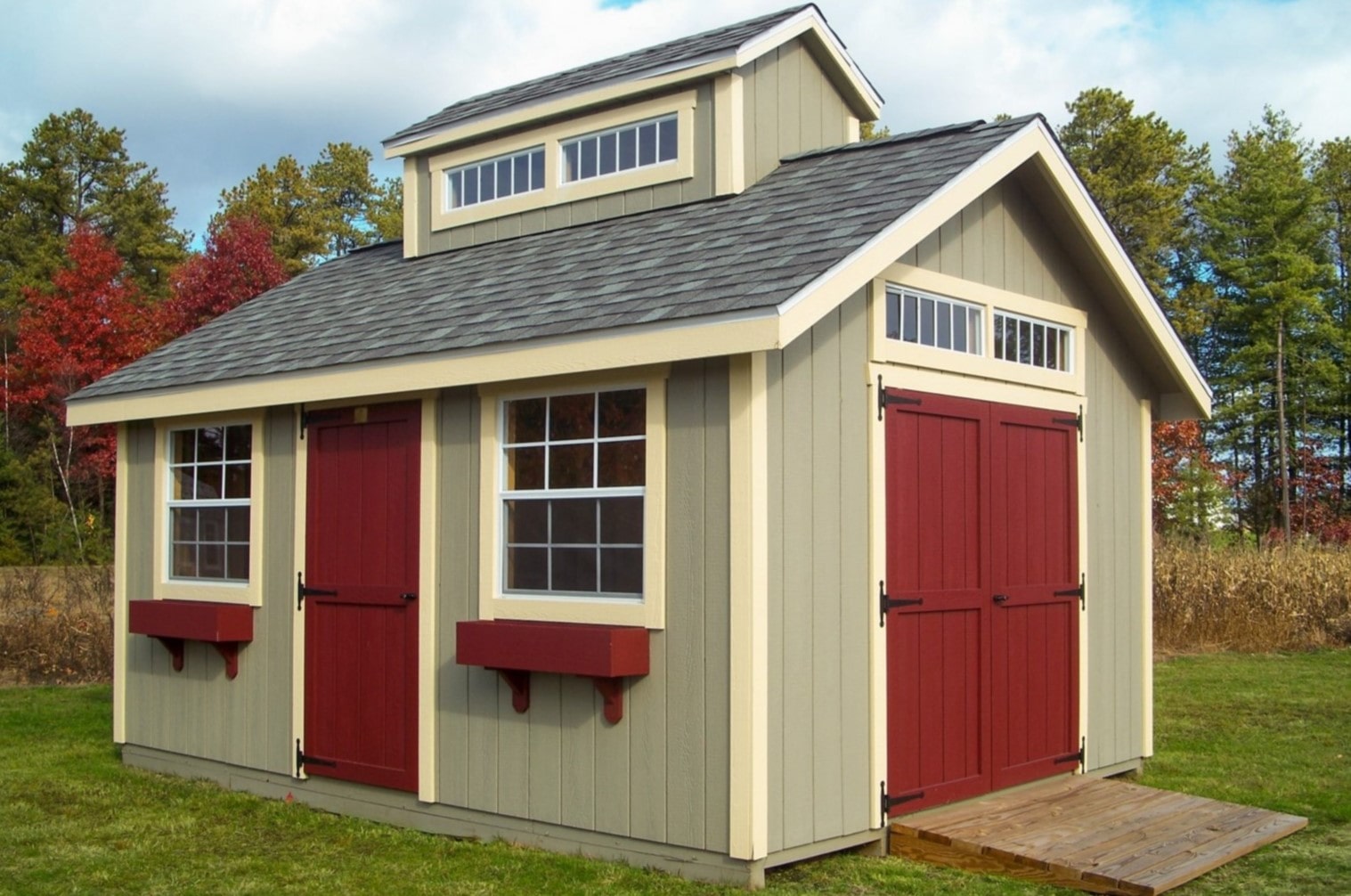
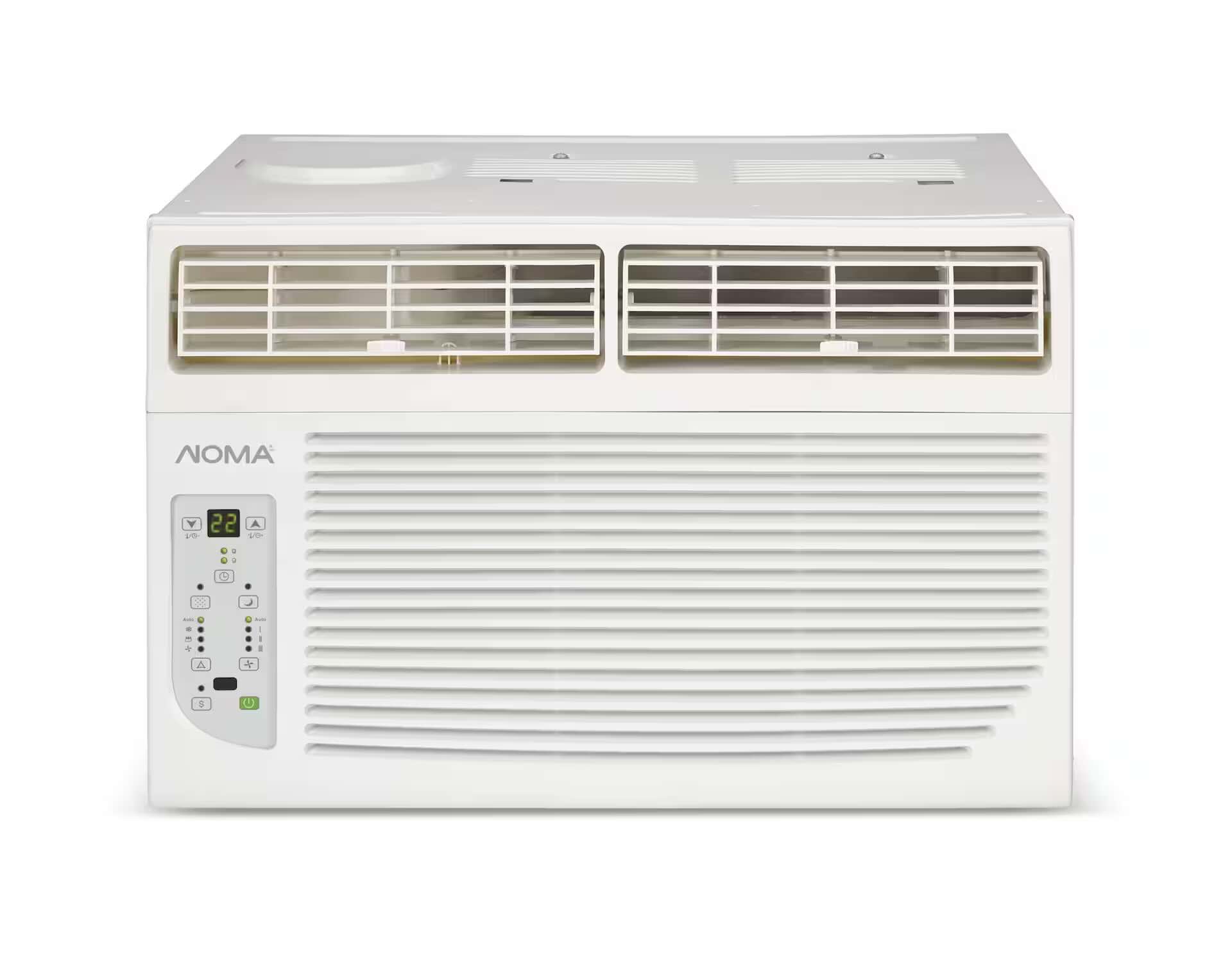
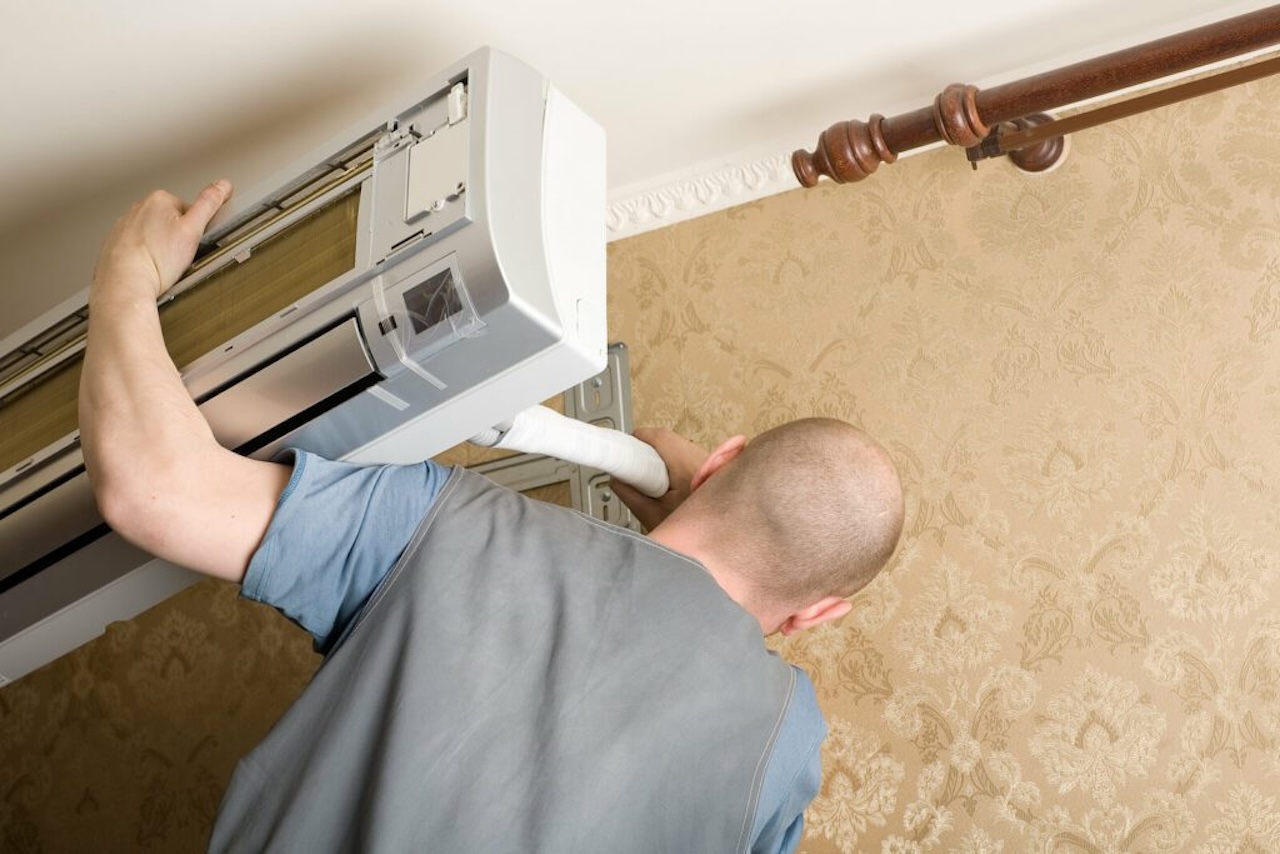


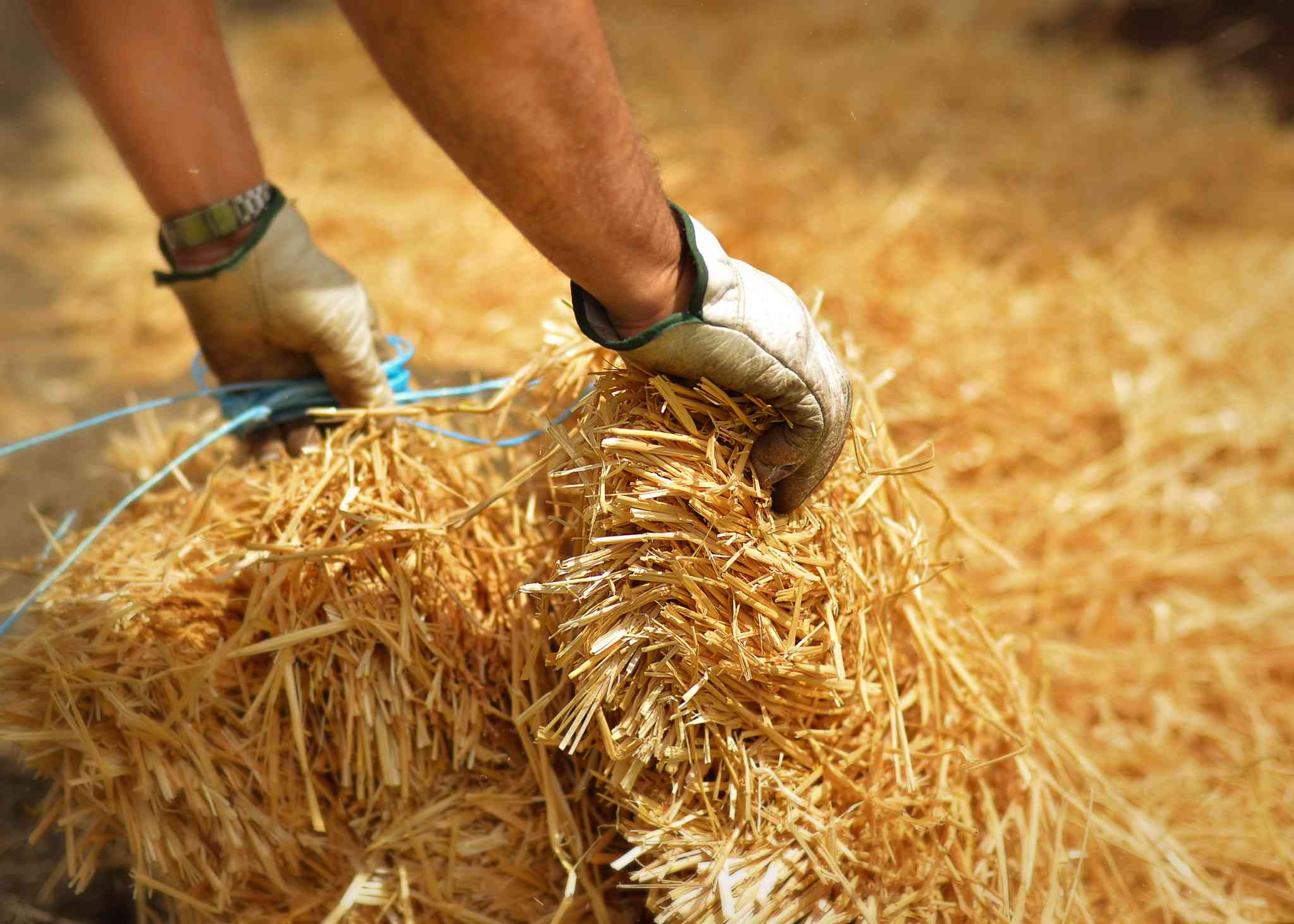

0 thoughts on “How Many Square Feet In A Roll Of Insulation”